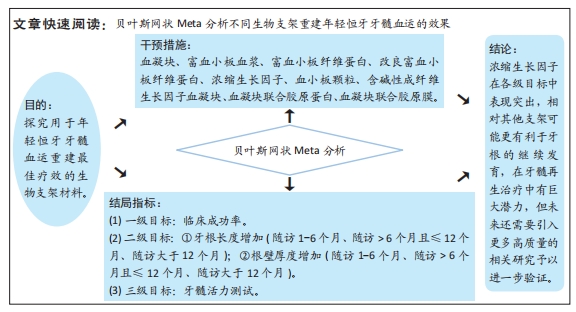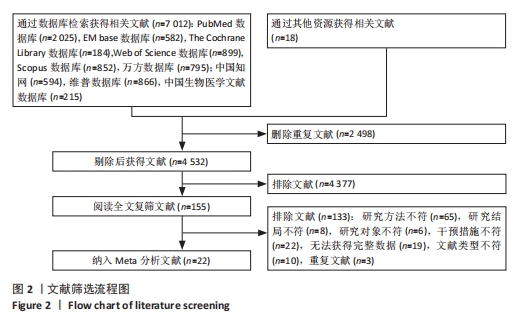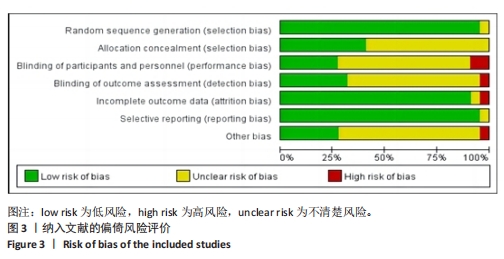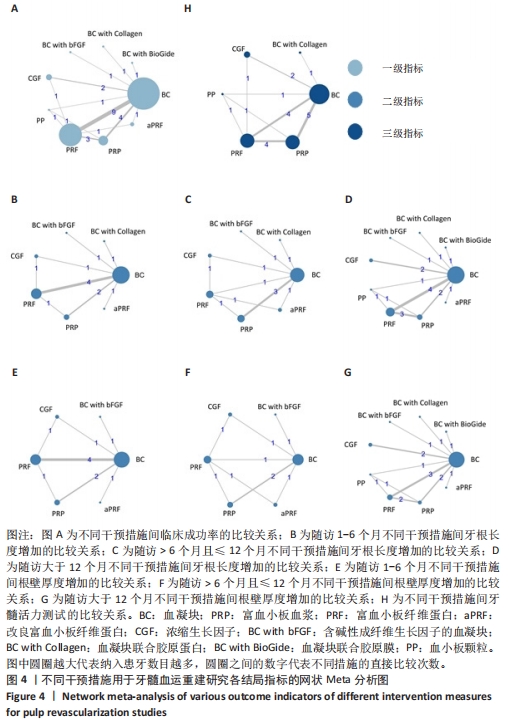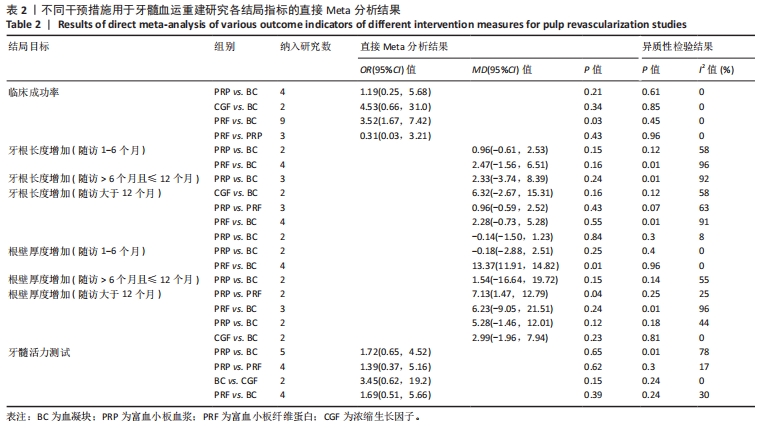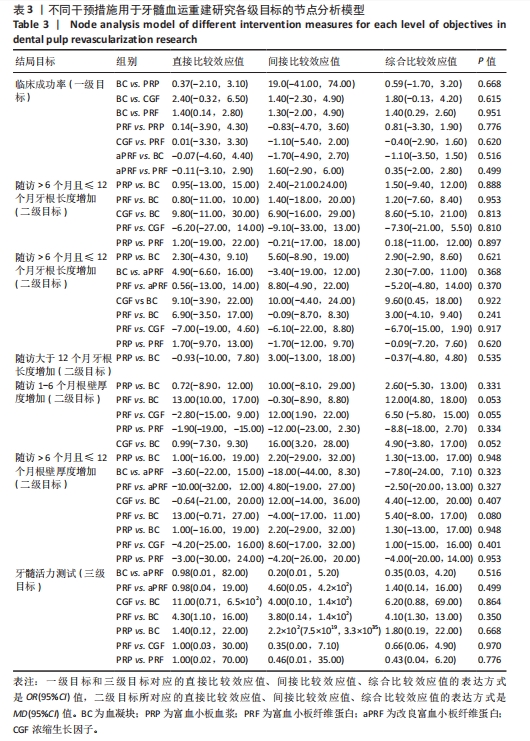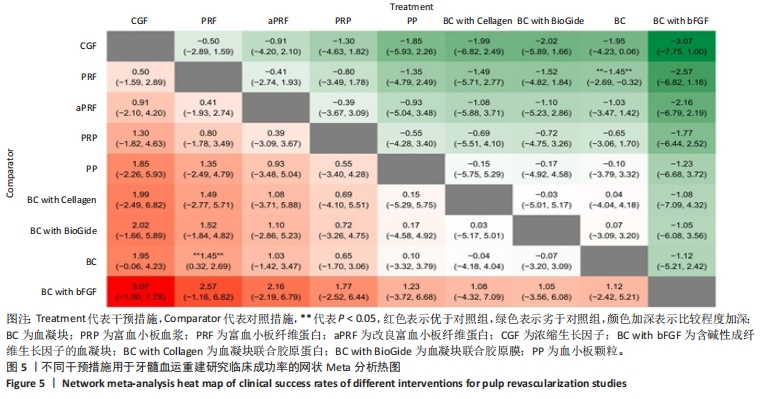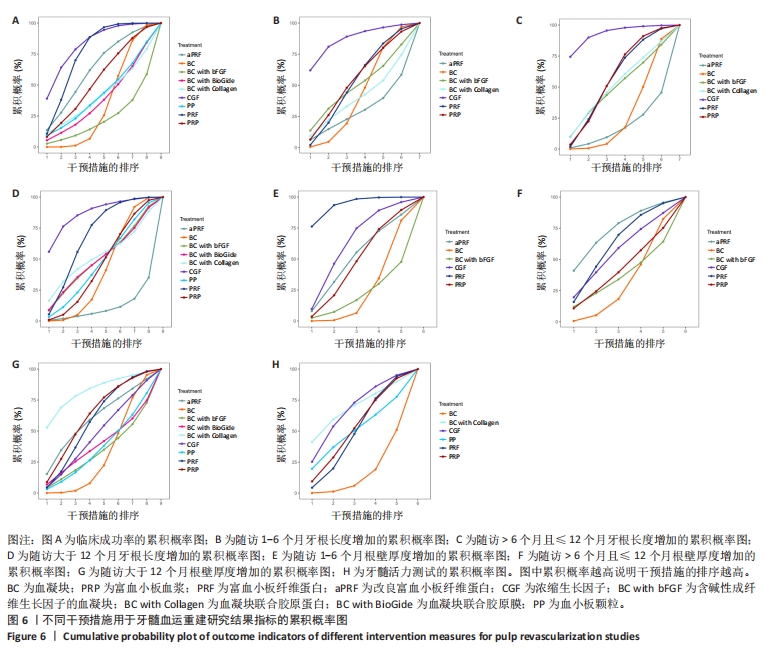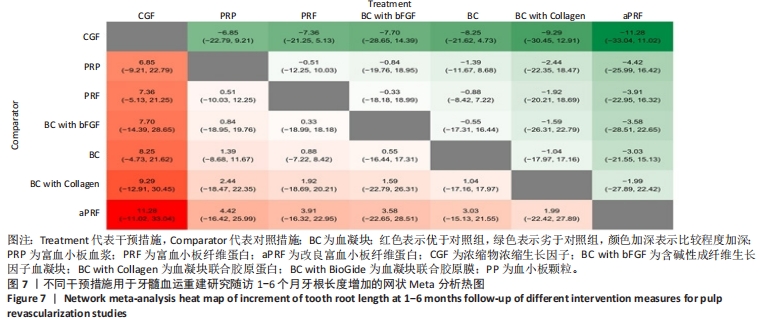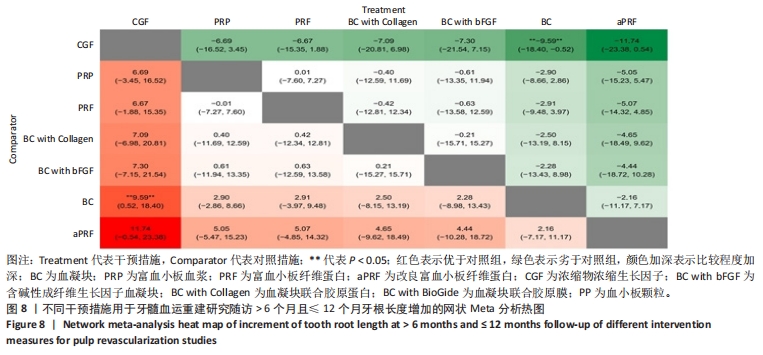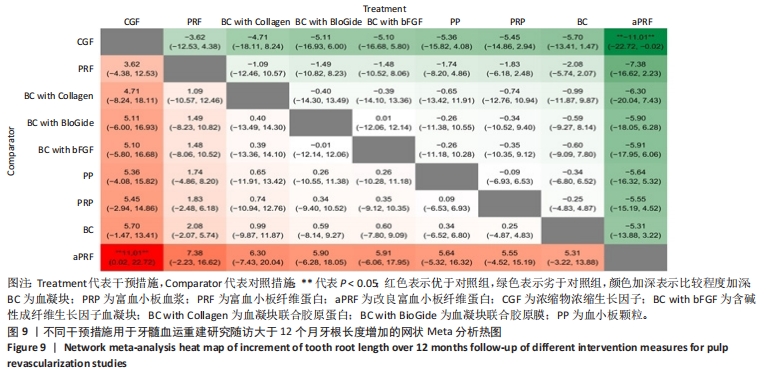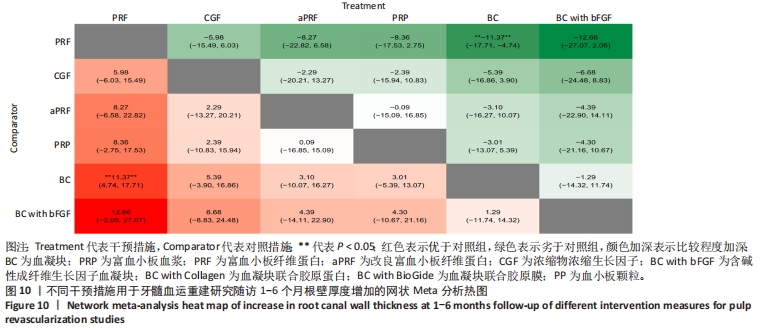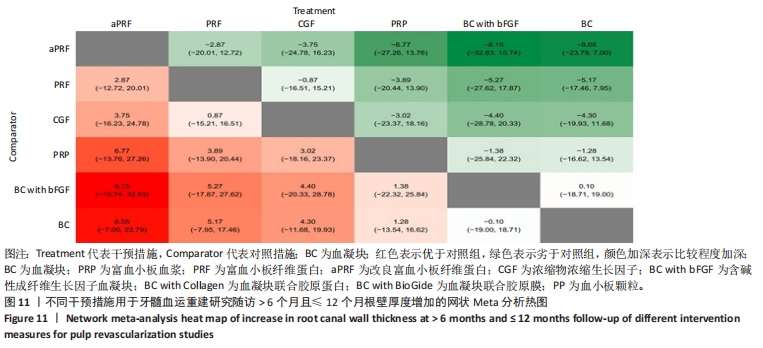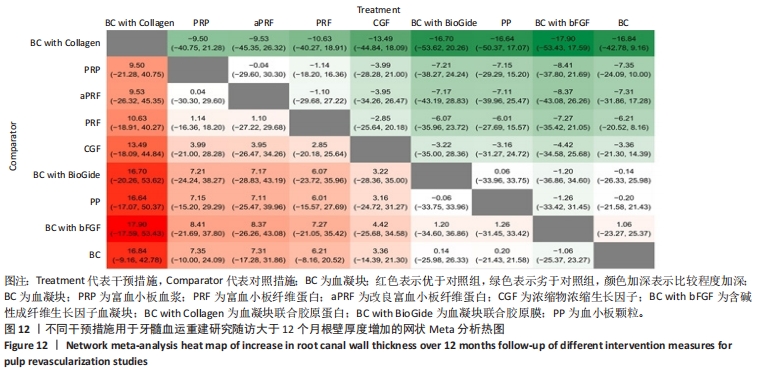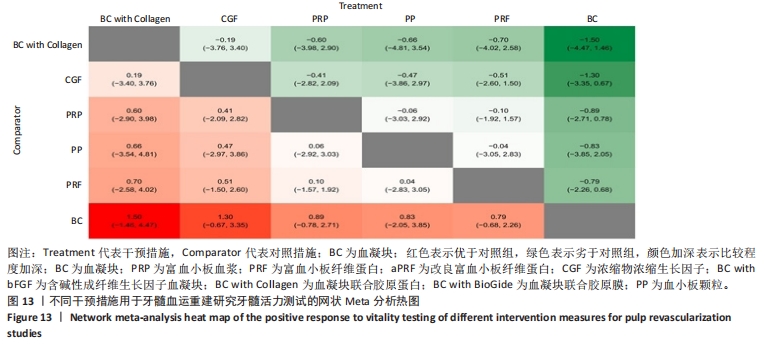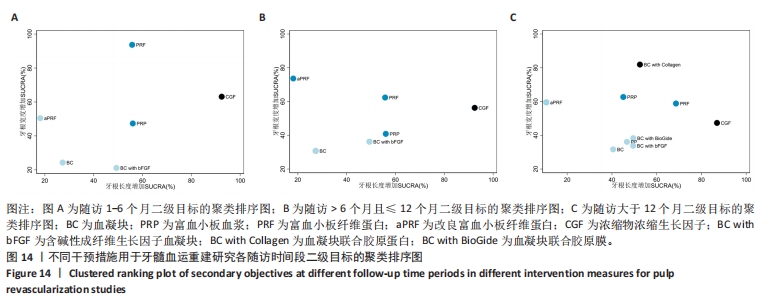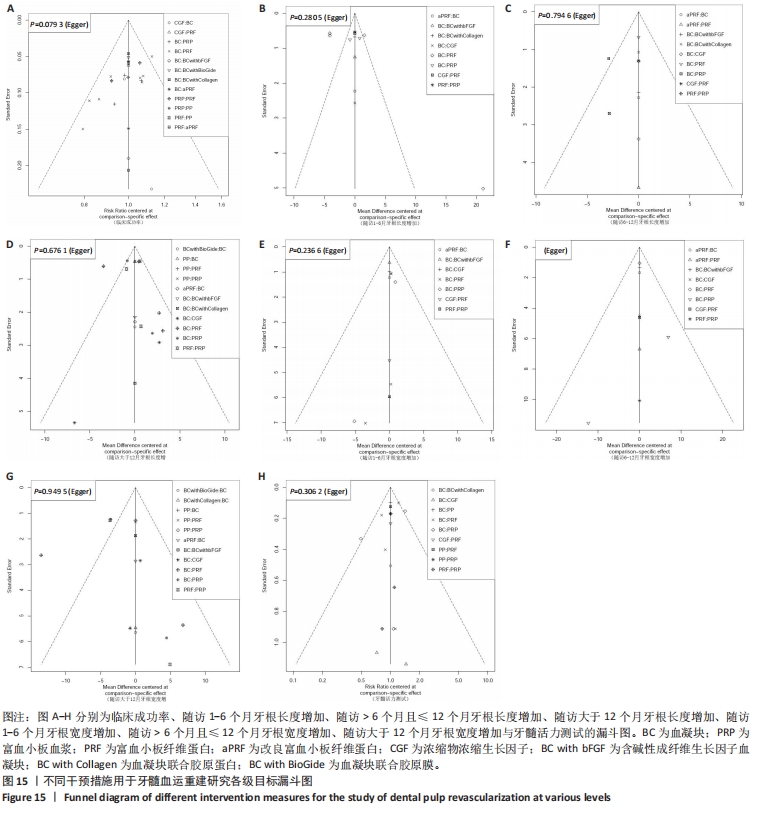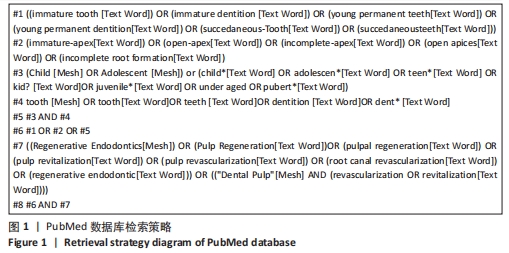[1] WEI X, YANG M, YUE L, et al. Expert consensus on regenerative endodontic procedures. Int J Oral Sci. 2022;14(1):55.
[2] MOUSSA DG, APARICIO C. Present and future of tissue engineering scaffolds for dentin‐pulp complex regeneration. J Tissue Eng Regen Med. 2019;13(1):58-75.
[3] QIAO J, AN N, OUYANG X. Quantification of growth factors in different platelet concentrates. Platelets. 2017;28(8):774-778.
[4] 凌均棨,毛剑.牙髓再生的研究现状与发展前景[J].中华口腔医学杂志,2018,53(6): 361-366.
[5] KONTAKIOTIS EG, FILIPPATOS CG, TZANETAKIS GN, et al. Regenerative endodontic therapy: a data analysis of clinical protocols. J Endod. 2015;41(2):146-154.
[6] CHAI J, JIN R, YUAN G, et al. Effect of Liquid Platelet-rich Fibrin and Platelet-rich Plasma on the Regenerative Potential of Dental Pulp Cells Cultured under Inflammatory Conditions: A Comparative Analysis. J Endod. 2019;45(8):1000-1008.
[7] KIM JM, SOHN DS, BAE MS, et al. Flapless transcrestal sinus augmentation using hydrodynamic piezoelectric internal sinus elevation with autologous concentrated growth factors alone. Implant Dent. 2014; 23(2):168-174.
[8] 从兆霞,韩婧,刘媛,等.运用富血小板血浆或富血小板纤维蛋白与传统的血凝块作为支架重建牙髓血运比较的Meta分析[J].中华生物医学工程杂志,2021, 27(2):150-155.
[9] 孟楠,刘琪,董青,等.富血小板纤维蛋白用于年轻恒牙牙髓血运重建术效果的系统评价与Meta分析[J].现代口腔医学杂志,2022,36(4):244-250.
[10] RAHUL M, LOKADE A, TEWARI N, et al. Effect of intracanal scaffolds on the success outcomes of regenerative endodontic therapy-a systematic review and network meta-analysis. J Endod. 2023;49(2):110-128.
[11] SABETI M, GHOBRIAL D, ZANJIR M, et al.
Treatment outcomes of regenerative endodontic therapy in immature permanent teeth with pulpal necrosis: A systematic review and network meta‐analysis. Int Endod J. 2024;57(3):238-255.
[12] KIM SG, MALEK M, SIGURDSSON A, et al. Regenerative endodontics: a comprehensive review. Int Endod J. 2018; 51(12):1367-1388.
[13] HUTTON B, SALANTI G, CALDWELL DM, et al. The PRISMA extension statement for reporting of systematic reviews incorporating network meta-analyses of health care interventions: checklist and explanations. Ann Intern Med. 2015; 162(11):777-784.
[14] HIGGINS JP, ALTMAN DG, GØTZSCHE PC,
et al. The Cochrane Collaboration’s tool for assessing risk of bias in randomised trials. BMJ. 2011;343:d5928.
[15] WAN X, WANG W, LIU J, et al. Estimating the sample mean and standard deviation from the sample size, median, range and/or interquartile range. BMC Med Res Methodol. 2014;14:135.
[16] 向虹,岳磊,赵红,等.应用R语言BUGSnet程序包实现贝叶斯网状Meta分析[J].中国循证医学杂志,2022,22(5): 600-608.
[17] RIZK HM, AL-DEEN MSS, EMAM AA. Regenerative Endodontic Treatment of Bilateral Necrotic Immature Permanent Maxillary Central Incisors with Platelet-rich Plasma versus Blood Clot: A Split Mouth Double-blinded Randomized Controlled Trial. Int J Clin Pediatr Dent. 2019;12(4): 332-339.
[18] RIZK HM, SALAH AL-DEEN MSCM, EMAM AA. Comparative evaluation of Platelet Rich Plasma (PRP) versus Platelet Rich Fibrin (PRF) scaffolds in regenerative endodontic treatment of immature necrotic permanent maxillary central incisors: A double blinded randomized controlled trial. Saudi Dent J. 2020;32(5):224-231.
[19] ULUSOY AT, TUREDI I, CIMEN M, et al. Evaluation of Blood Clot, Platelet-rich Plasma, Platelet-rich Fibrin, and Platelet Pellet as Scaffolds in Regenerative Endodontic Treatment: A Prospective Randomized Trial. J Endod. 2019;45(5):560-566.
[20] ABO-HEIKAL MM, EL-SHAFEI JM, SHOUMAN SA, et al. Evaluation of the efficacy of injectable platelet-rich fibrin versus platelet-rich plasma in the regeneration of traumatized necrotic immature maxillary anterior teeth: A randomized clinical trial. Dent Traumatol. 2024;40(1):61-75.
[21] NAGY MM, TAWFIK HE, HASHEM AA, et al.
Regenerative potential of immature permanent teeth with necrotic pulps after different regenerative protocols. J Endod. 2014;40(2):192-198.
[22] ALAGL A, BEDI S, HASSAN K, et al. Use of platelet-rich plasma for regeneration in non-vital immature permanent teeth: Clinical and cone-beam computed tomography evaluation. J Int Med Res. 2017;45(2): 583-593.
[23] JIANG X, LIU H, PENG C. Clinical and Radiographic Assessment of the Efficacy of a Collagen Membrane in Regenerative Endodontics: A Randomized, Controlled Clinical Trial. J Endod. 2017;43(9):1465-1471.
[24] ELSHESHTAWY AS, NAZZAL H, EL SHAHAWY OI, et al. The effect of platelet-rich plasma as a scaffold in regeneration/revitalization endodontics of immature permanent teeth assessed using 2-dimensional radiographs and cone beam computed tomography: a randomized controlled trial. Int Endod J. 2020;53(7):905-921.
[25] JAYADEVAN V, GEHLOT PM, MANJUNATH V, et al. A comparative evaluation of Advanced Platelet-Rich Fibrin (A-PRF) and Platelet-Rich Fibrin (PRF) as a Scaffold in Regenerative Endodontic Treatment of Traumatized Immature Non-vital permanent anterior teeth: A Prospective clinical study. J Clin Exp Dent. 2021;13(5):e463-e472.
[26] EL-HADY AYA, BADR AE. The Efficacy of Advanced Platelet-rich Fibrin in Revascularization of Immature Necrotic Teeth. J Contemp Dent Pract. 2022;23(7): 725-732.
[27] JIANG X, LIU H, PENG C. Continued root development of immature permanent teeth after regenerative endodontics with or without a collagen membrane: A randomized, controlled clinical trial. Int J Paediatr Dent. 2022;32(2):284-293.
[28] ELHEENY AAH, TONY GE. Two-Dimensional Radiographs and Cone-beam Computed Tomography Assessment of Concentrated Growth Factor and Platelet-Rich Fibrin Scaffolds in Regenerative Endodontic Treatment of Immature Incisors with Periapical Radiolucency: A Randomized Clinical Trial. J Endod. 2024;50(6):792-806.
[29] MARKANDEY S, DAS ADHIKARI H. Evaluation of blood clot, platelet-rich plasma, and platelet-rich fibrin-mediated regenerative endodontic procedures in teeth with periapical pathology: a CBCT study. Restor Dent Endod. 2022;47(4):e41.
[30] 张丽梅.PRF牙髓血管再生治疗年轻恒牙感染性根尖周炎37例的疗效观察[J].养生保健指南,2022(17):5-8.
[31] 杨柳青,刘会林.富血小板纤维蛋白牙髓血运重建术联合二联抗菌药物糊剂治疗年轻恒牙牙髓坏死的效果[J].中国合理用药探索,2021,18(10):77-80.
[32] 邱利华,仝悦,徐锐,等.富血小板纤维蛋白应用于年轻恒牙牙髓血运重建术的临床分析[J].全科口腔医学杂志(电子版), 2019,6(32):46-47,60.
[33] 王格格.浓缩生长因子对牙髓再生治疗效果的临床研究[D].十堰:湖北医药学院, 2023.
[34] 于嘉昂.浓缩生长因子与根尖引血用于年轻恒牙牙髓血运重建术的对比研究[D].石家庄:河北医科大学,2023.
[35] 王琦,林少展,康丽霞,等.PRF 牙髓血管再生治疗年轻恒牙感染性根尖周炎的临床疗效分析[J].全科口腔医学电子杂志, 2021,8(3):10-13.
[36] 张欣,李娜.富血小板纤维蛋白在年轻恒牙牙髓血运重建术中的应用效果[J].中国民康医学,2021,33(11):52-53.
[37] 胡凌洁,周吉,颜玉希.可注射型富血小板纤维蛋白在年轻恒牙感染根管牙髓血管再生治疗中的临床应用[J].四川医学, 2021,42(10):1012-1016.
[38] 高士培,杜博闻,时晨,等.牙髓血管再生联合富血小板纤维蛋白用于年轻恒牙根尖周炎的治疗效果评价[J].中国美容医学,2023,32(10):147-150.
[39] LIU Y, BÉLIVEAU A, WEI Y, et al. A gentle introduction to Bayesian network Meta-analysis using an automated R package. Multivariate Behav Res. 2023;58(4):706-722.
[40] WANG W, MENG Q, LI Q, et al. Chitosan derivatives and their application in biomedicine. Int J Mol Sci. 2020;21(2):487.
[41] LIU H, LU J, JIANG Q, et al. Biomaterial scaffolds for clinical procedures in endodontic regeneration. Bioact Mater. 2022;12:257-277.
[42] DOHAN EHRENFEST DM, PINTO NR, PEREDA A, et al. The impact of the centrifuge characteristics and centrifugation protocols on the cells, growth factors, and fibrin architecture of a leukocyte-and platelet-rich fibrin (L-PRF) clot and membrane. Platelets. 2018;29(2):171-184.
[43] HONG S, LI L, CAI W, et al. The potential application of concentrated growth factor in regenerative endodontics. Int Endod J. 2019;52(5):646-655.
[44] ZOLTOWSKA A, MACHUT K, PAWLOWSKA E, et al. Plasma rich in growth factors in the treatment of endodontic periapical lesions in adult patients: A narrative review. Pharmaceuticals (Basel). 2021;14(10):1041.
[45] YANG F, SHENG K, YU L, et al. Does the use of different scaffolds have an impact on the therapeutic efficacy of regenerative endodontic procedures? A systematic evaluation and meta-analysis. BMC Oral Health. 2024;24(1):319.
[46] DIOGENES A, RUPAREL NB, TEIXEIRA FB, et al. Translational science in disinfection for regenerative endodontics. J Endod. 2014;40(4 Suppl):S52-57.
[47] DIOGENES A, RUPAREL NB. Regenerative endodontic procedures: clinical outcomes. Dent Clin North Am. 2017;61(1):111-125.
[48] SHIVASHANKAR VY, JOHNS DA, MAROLI RK,
et al. Comparison of the Effect of PRP, PRF and Induced Bleeding in the Revascularization of Teeth with Necrotic Pulp and Open Apex: A Triple Blind Randomized Clinical Trial. J Clin Diagn Res. 2017;11(6):ZC34-ZC39.
[49] HUANG GT. Dental pulp and dentin tissue engineering and regeneration: advancement and challenge. Front Biosci (Elite Ed). 2011; 3(2):788-800. |
